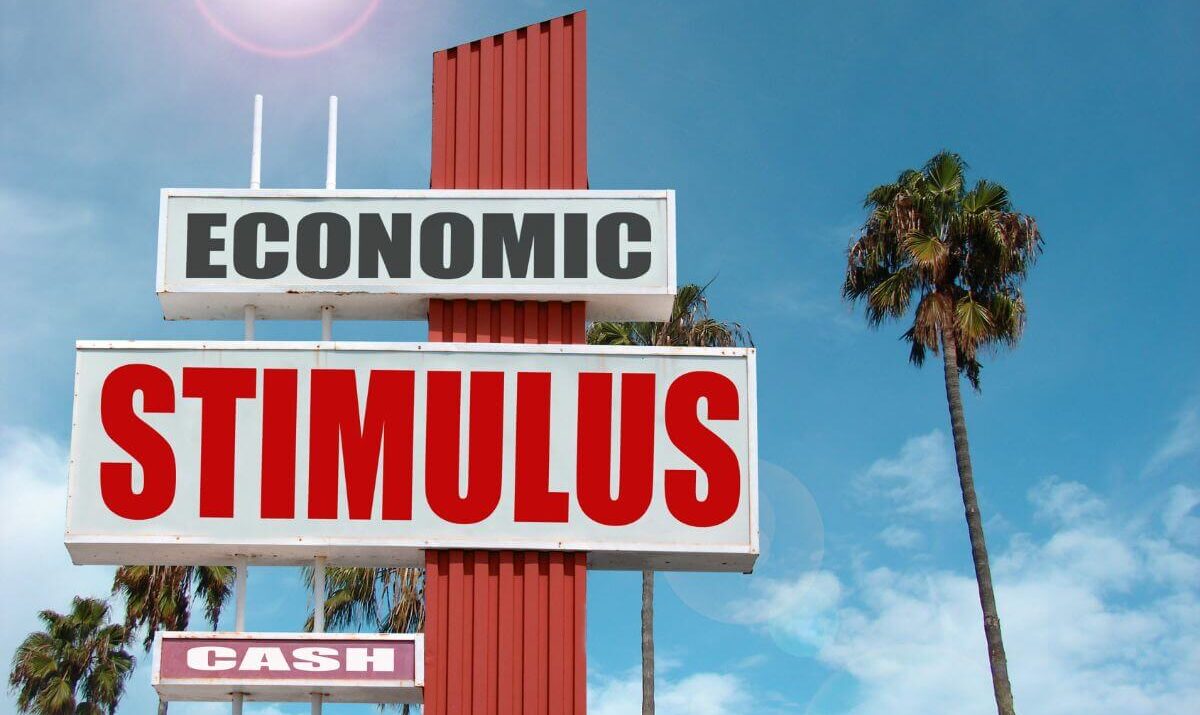An economic stimulus qualified property refers to a property that qualifies for the special tax benefits under the Economic Stimulus Act of 2008. The US government created this act in response to the Great Recession, which caused economic problems like bank failures, increased unemployment rates, and a severe decline in the stock market.
The act aimed to encourage businesses to spend money on new equipment, machines, and other things they need. The idea was simple: if businesses spend money, they will create jobs and help the economy grow stronger. To encourage this spending, the government offered to take taxes off buying certain types of property that businesses use to generate income. Those properties are known as economic stimulus-qualified properties.
Key Provisions of the Economic Stimulus Act of 2008
The Economic Stimulus Act of 2008 introduced two main ways for businesses to save money on taxes when they buy qualified property: Section 179 Expensing and special depreciation allowance.

Section 179 Expensing
Section 179 of the U.S. Internal Revenue Code allows businesses, especially small businesses, to save money on taxes when they buy equipment or other qualified property. Normally, if a business buys something expensive, they have to spread out the cost over several years when they do their taxes. But Section 179 lets them subtract the full cost from their taxes right away, in the first year.
Section 179 was first introduced in 1958, so it had existed well before the Economic Stimulus Act of 2008. However, the act made some big changes to Section 179. Before, businesses could only subtract up to $128,000 from their taxes but the 2008 act nearly doubled this to $250,000.
This means that more businesses could buy more expensive equipment and still get the full tax benefit. For example, a small factory could buy a $200,000 machine and subtract the entire cost from its taxes that year, potentially saving thousands of dollars.
Special Depreciation Allowance (Bonus Depreciation)
Special or bonus depreciation allowed businesses to subtract 50% of the cost of new qualified property from their taxes in the first year. This is on top of the regular depreciation they can already claim. For example, if a company buys a new machine for $1,000,000, it can immediately subtract $500,000 (50%) from its taxes and then subtract some of the remaining $500,000 using regular depreciation rules.
This benefit got even better. In 2017, it was increased to 100% bonus depreciation. This means businesses can now subtract the entire cost of qualified property from their taxes in the first year.

Types of Economic Stimulus Qualified Property
Not everything a business buys counts as qualified property as the government has specific rules about what counts. Here are the main types:
- Tangible Personal Property: This includes most machinery and equipment that businesses use. Things like computers, office furniture, and manufacturing equipment usually qualify.
- Off-the-shelf Computer Software: Software that’s available to the general public also qualifies. Custom-made software for a specific business doesn’t.
- Vehicles: Business vehicles also typically qualify. However, there are special rules for vehicles because the government wants to prevent businesses from using these tax benefits to buy luxury cars.
- Qualified Leasehold Improvement Property: These are improvements made to the interior of a non-residential building. For example, if a store remodels its space in a mall, that might qualify. Land and buildings themselves usually don’t qualify.
Eligibility Criteria for Qualified Property
For a property to be considered “qualified” and eligible for these tax benefits, it needs to meet certain criteria. These rules ensure that the tax benefits are going towards new investments that will help businesses grow and improve. Here are the criteria:
- Timing: The business must acquire the property within specific dates set by the law. For the 2008 act, the property had to be acquired after December 31, 2007, and before January 1, 2009.
- First Use: The property must be new to the business. This doesn’t mean it has to be brand new, but it must be the first time that a particular business has used it.
- Recovery Period: The property usually needs to have a recovery period (the time over which its cost would normally be spread out for tax purposes) of 20 years or less.
- Business Use: The property must be used more than 50% for business purposes.
- No Prior Contracts: If there was a binding contract to acquire the property before the eligible period, it doesn’t qualify.

Exclusions and Limitations of the Economic Stimulus Act
There are some important exclusions and limitations to help ensure that the benefits are targeted toward businesses that need them most and are using them for productive investments. Here are some of the limitations of the act:
- Some types of property don’t qualify, including buildings, land, property used outside the United States, and property leased to others (with some exceptions).
- For Section 179, the benefit starts to decrease once a business spends more than a certain amount on qualified property. In 2008, this amount was $800,000 and now it’s $2,500,000.
Sources
- https://www.irs.gov/pub/irs-news/fs-08-21.pdf
- https://www.peoriamagazine.com/archive/ibi_article/2009/the-economic-stimulus-act-2008-and-your-property/
- https://libertycoach.com/wp-content/uploads/2019/10/2019-Liberty-Coach-Tax-Stimulus.pdf
- https://www.journalofaccountancy.com/issues/2016/sep/special-depreciation-tax-deductions.html
- https://www.forbes.com/advisor/investing/great-recession/










